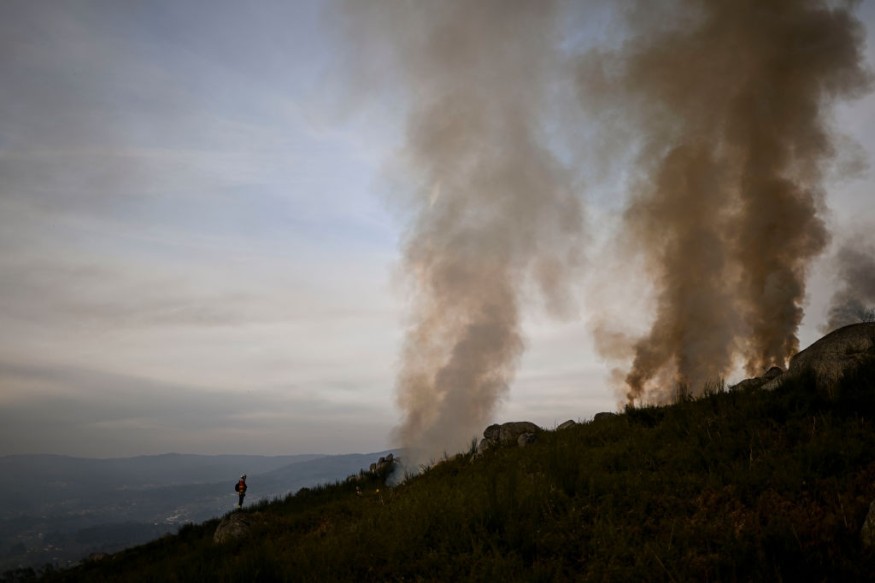
Experts claimed that the health effects of wildfire smoke exposure extend far beyond the smoky days themselves, contributing to roughly 16,000 deaths per year in the United States.
The analysis warns that the number could grow to nearly 30,000 deaths a year by the middle of the century as human-driven climate change increases the likelihood of large, intense, smoke-spewing wildfires in the Western U.S. and beyond.
Microscopic Particles
People's death certificates rarely indicate wildfire smoke as the cause of death. However, studies have revealed that microscopic particles found in smoke exacerbate a variety of health conditions.
These particles penetrate deep into people's lungs and can enter the bloodstream or even the brain.
Repeated exposures, or high-concentration exposures, can exacerbate other health concerns, from heart and kidney illness to hastening the onset of dementia symptoms. In certain circumstances, the stress from wildfire smoke is so tremendous that some people die.
Because the harm from wildfire smoke can compound and isn't often immediately visible, the long-term effects of wildfire smoke exposure have been neglected.
Juan Aguilera, a physician and researcher at the University of Texas School of Public Health in El Paso, has investigated how air pollution affects the health of his patients.
He had only recently relocated to the San Francisco Bay Area in 2020 when the smoke began to fall. "The 2020 wildfires brought a lot of perspective to people living in the Bay Area," he said.
Aguilera and colleagues collected blood samples before and during the smoke event. They discovered indicators of disturbed immune systems and inflammation, indicating that people were significantly influenced by the smoke.
"As scientists, we do understand that things like chronic inflammation, chronic stress, lead to chronic conditions that are often related to mortality," he says.
The specific methods by which smoke affects people's health are currently being investigated. Some data suggests that wildfire smoke is more dangerous than other microscopic particles, such as pollution from fossil fuel combustion or fine dust.
When wildfires burn in urban areas, everything from houses with insulation to vehicle batteries and metal is likely to be burnt, producing more toxic smoke.
Undercounting The True Effects
Despite an increasing awareness of the health dangers posed by wildfire smoke, most policy decisions have not taken these costs into account, according to Susan Anenberg, a public health and pollution researcher at George Washington University.
According to the NBER report, by 2050, the total yearly economic cost of lives lost due to wildfire smoke could exceed $240 billion. That exceeds prior estimates of all climate-related impacts combined, including direct expenses associated with wildfire and tropical cyclone destruction.
"Our estimates of the damages of climate change are undercounting the true effects," Anenberg says.
The NBER investigation employed a variety of computer models trained on fire observations from 2000 to 2021 to determine the relationship between fire activity and the amount of smoke produced.
The researchers then linked the smoke to meteorological patterns, allowing them to visualize how it expanded and drifted throughout the United States at various times.
They matched those smoke pollution maps to county-level death records across the country from 2006 to 2019, examining how deaths varied when overall exposure to wildfire smoke increased or decreased.
In years like 2020, certain northern California counties were subjected to twice their typical pollution burden for the year. Under these conditions, the total number of deaths climbed by nearly 6%. However, even tiny increases in smoke exposure, when averaged over a year, increase death.
Related Article : Day 5 of Largest Wildfire in Greece Raises Death Toll to 20 as Firefighters Tally 355 Forest Fires
© 2025 NatureWorldNews.com All rights reserved. Do not reproduce without permission.





